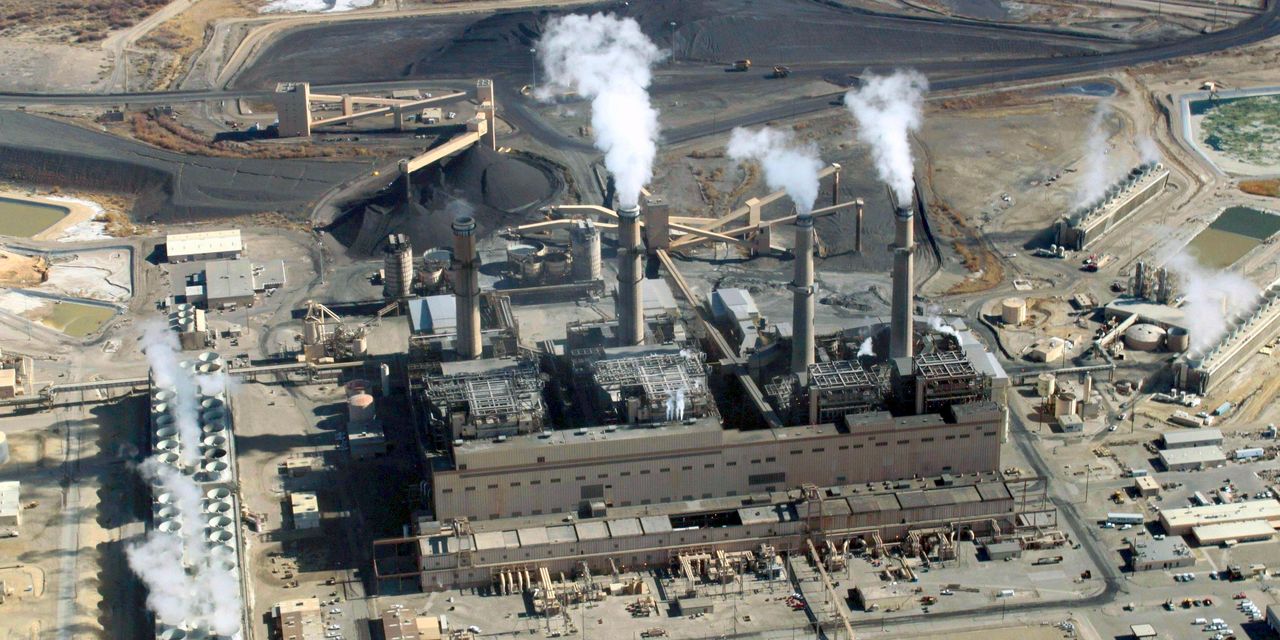A new twist on an old financial tool is helping electric utilities shut down money-losing coal-fired power plants, cutting greenhouse gas emissions and often lowering costs for consumers.
Coal plants aren’t just the heaviest polluters, they also are expensive to run. Coal supplies roughly 20% of U.S. power, down from more than half in 2008, but most of these plants operated at losses last year. Ratepayers often cover the difference so the utilities’ investors can earn a return.
The strategy, which is being pushed by environmental groups, uses securitization to help finance the shutdown of the plants. In the past year, three utility operators have committed to more than $1 billion in securitizations to help retire coal-fired power plants.
Securitization is one of many efforts by Wall Street to reduce greenhouse gas emissions while also making a profit. Green bonds and investment funds that have environmental goals as part of their mandate are raking in cash. Wall Street has helped raise billions of dollars for electric vehicles, battery and alternative-energy companies.
Utilities have used securitization for decades to fund one-time expenses or to help pay off so-called stranded assets, facilities that are shut down before they have paid for themselves. Increasingly, utilities are looking at their unprofitable coal plants as potential stranded assets, and some see securitization as a way to wind them down ahead of schedule.














































